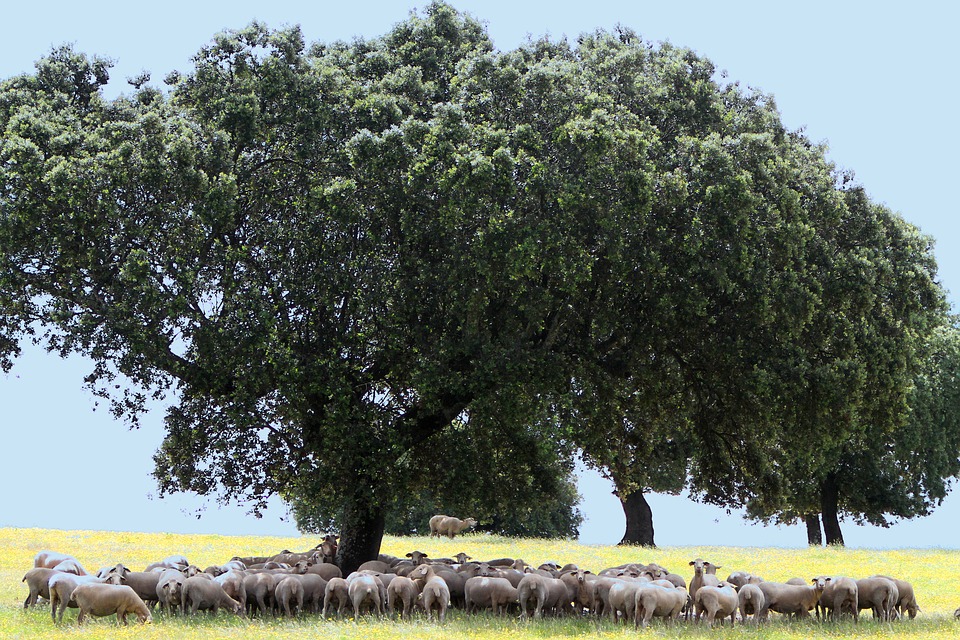Farming Bounded By Our Biological Boundaries – Part 2

Despite the climate change mitigation emphasis on carbon sequestration, building soil carbon is first about food security, second about atmospheric carbon drawdown. By working with nature’s natural cycles to provide nutritious food with a low environmental footprint, Regenerative Agriculture will provide the transition from fossil-fuelled agro-chemistry to utilizing the farm’s natural resources, argues Stuart Meikle in the second part of this series.
Farming to naturally regenerate plant nutrients
A sustainable food system is one that will be able to generate nutrients from natural sources, and without using fossil-fuel supplied energy. Given that pre-1900 the human population was fed using accumulated soil fertility, such is feasible, for a few. Also, in times of war, the likes of Great Britain in the 1940s was also able to sustain itself briefly by exploiting the fertility accumulated in its grasslands. It was not rebuilt because artificial fertility became widely available and the economic choice.
That access to artificial fertilizers throughout the latter half of the 20th century then created a false sense of security during which real soil fertility was largely forgotten.
The rise of what is called regenerative agriculture shows that times are changing. It is all about soils and how soils can be managed to produce harvests without resorting to artificial fertilizers. As the functionality of the soil becomes paramount, so scrutiny is also placed on all that shocks the soil biome faces, be it tillage, pesticide use, or the application of artificial fertilizers (which may include unprocessed manures from housed farmed animals).
Regenerative agriculture also requires the careful consideration of system offtake, be it for food, fibre or biofuel.
…click on the above link to read the rest of the article…